When to dig carrots and beets, what does the timing depend on?
The time when it is time to remove carrots and beets from the garden depends on many factors. If you dig up roots at the wrong time, this will negatively affect the quality of the harvest - the taste of vegetables will deteriorate, they will be stored less.
First, they harvest root crops planted before winter. When sowing in spring, vegetables are dug up in the fall and laid for long-term storage.
Factors affecting cleaning times
The timing of harvesting carrots and beets is influenced by many different reasons. Vegetables must be fully ripe, have the size appropriate for the variety, contain a sufficient amount of nutrients and vitamins.
The following factors should be considered:
- Maturity dates of the variety. Information on this can be found on the seed package. The grower always indicates whether it is an early variety or a late one, how long the growing season of the crop is.
- Landing region. In the south, sowing of root crops is carried out earlier, and in one season in the southern regions two crops of carrots and beets can be harvested. In the north of Russia, re-sowing is not carried out, and the harvest is dug up, as a rule, in early September.
- The weather in the current season. If the autumn is warm, you can delay the harvesting of root crops for a month or more. In cold rainy weather, the crop is harvested earlier than usual.
- Sowing dates. Carrots and beets planted before winter are dug up around the middle of summer, such vegetables are not stored for a long time. When sowing in spring, the roots are harvested from the garden in the autumn months.
- Growing conditions. Agricultural technology influences the maturation of vegetables. Insufficient care or mistakes made lead to delayed ripening of even early varieties.
- Fruit appearance and size. Roots that have reached maturity will fully comply with the descriptions of the variety.
Vegetables dug out too early will not have time to properly prepare for winter, to form a dense skin. Such fruits wither and dry earlier, they do not have a rich taste. If you delay harvesting, the vegetables will absorb excess moisture, may freeze or crack. It is clear that such a crop also cannot be stored for a long time.
Signs of maturity of root crops
Before proceeding with the harvest of carrots and beets, be sure to assess the degree of maturity of root crops by external signs.
- Harvesting is usually started at the moment when the lower part of the tops begins to die off, the leaves wither and turn yellow, lie on the ground. With spring sowing, this phenomenon occurs in the fall.
- You can pull 1-2 root crops out of the ground and estimate their size. The mass of carrots and beets should approximately correspond to the varietal characteristics. By the time of maturity, beets have lumpy growths on fruits and leaves.
- Another sign of the readiness of root crops for harvesting is the active behavior of rodents. If voles were seen near the vegetable garden, it means that you need to start harvesting without delay, otherwise a fair amount of vegetables may be spoiled.
The exception is vegetables, which were sown before winter. You can gradually choose such a carrot at the beginning of summer, thinning the planting. In mid-July, the garden bed is completely vacated after harvesting. By the same time, early varieties of carrots and beets, sown in spring, ripen.
After finishing harvesting, it is permissible to plant other crops in this area, such as strawberries or peas.To enrich the soil for the next season, you can sow siderates (legumes and cereals) after root crops. Winter carrots and beets are grown for summer consumption.
Influence of weather on cleaning times
Weather conditions affect carrots and beets in different ways, so they are harvested at different times. It is necessary to dig the beets for storage earlier because of the reduced cold resistance.
Carrot harvest time
Carrots will survive the first light frosts without any problems. It is believed that small subzero temperatures will only benefit this vegetable. The taste and useful properties of the root crop do not deteriorate under the influence of cold, and the shelf life even increases.
- If you collect the carrots after the soil is frozen, they will be stored in the cellar until next summer without signs of deterioration;
- Some growers leave carrots in the garden until the first snow falls.
With late harvesting, you must first slightly crush the tops so that it serves as an additional heat-insulating layer.
Of course, you shouldn't wait for severe frosts. During the day, the temperature should remain above zero, only night frosts are allowed. Carrots dug out at a later date do not need to be dried. She is immediately transferred to the storage.
Beet harvest time
Beets are much less resistant to cold. It is strictly forbidden to allow it to freeze, otherwise the fruits will crack and become tasteless. The crop must be harvested before the arrival of the first frost.
The root crop also does not tolerate excess moisture. If you leave the beets in the garden during the prolonged autumn rains, the vegetable will quickly rot and deteriorate.
For these reasons, it is not customary to linger with harvesting:
- in dry and warm weather, the root crop can be kept in the ground until mid-October (in central Russia);
- when autumn is cold and rainy, beets are dug out ahead of schedule;
- the air temperature, even at night, should not drop below + 5 ° C.
Nevertheless, you need to wait for a period when a sufficient amount of sugars has accumulated in the fruits. The accumulation process begins at the end of August. The amount of sucrose in fruits reaches its maximum value a week before the end of full ripening of the beets.
Root storage
Medium-sized root vegetables will be stored as long as possible. Before storage, vegetables are dried and freed from tops. You cannot break out the stems - they are cut off, leaving small stumps. Then the carrots and beets are put into containers - wooden or plastic boxes, baskets, jute bags. You can store root vegetables in bulk by placing them in a thin layer over the potatoes.
The storage must meet the following conditions:
- minimum positive temperatures (from 0 to +4 ° C);
- humidity 80–90 percent;
- good ventilation;
- lack of light.
Premises such as a cellar and an unheated basement are best suited to these requirements.
In storage containers, vegetables can be sprinkled with moistened sawdust or sand with the addition of crushed chalk (chalk prevents the development of rot). In order to preserve beets and carrots for as long as possible, the fruits are pre-dipped in a clay mash and dried. Periodically, the harvest is sorted out in storage in order to remove spoiled vegetables in a timely manner.
Harvesting carrots and beets at the right time and creating optimal conditions in the storage will save the harvest during the winter and spring months without losing quality. Fully ripe roots are distinguished by excellent taste and undoubted benefits.
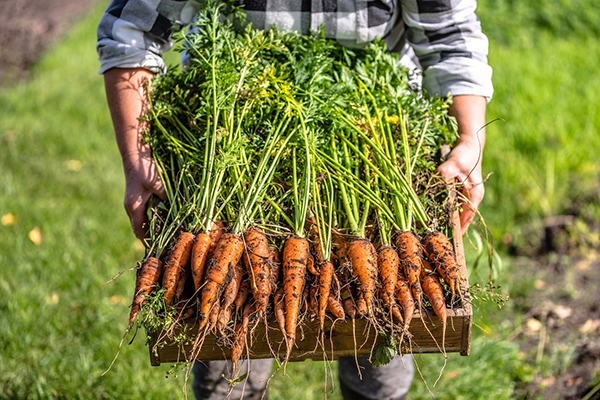
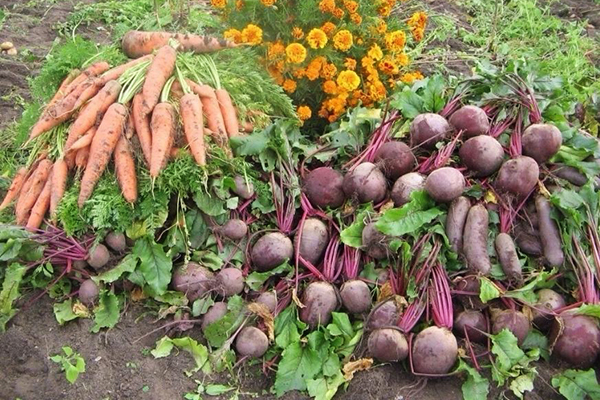
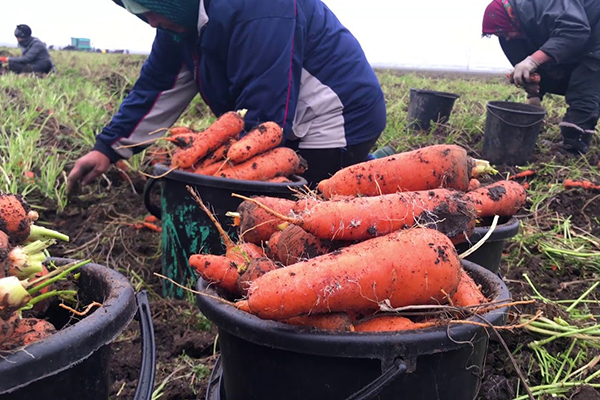

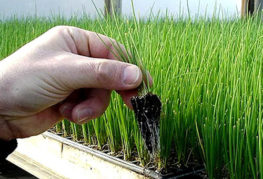
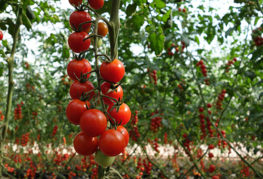
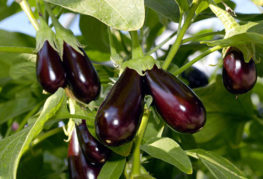
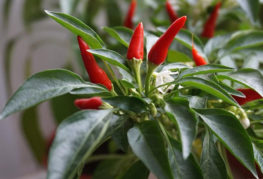
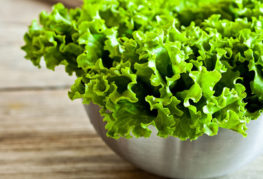
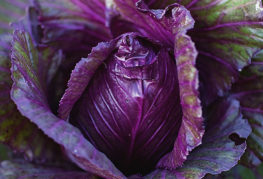
and will be published shortly.